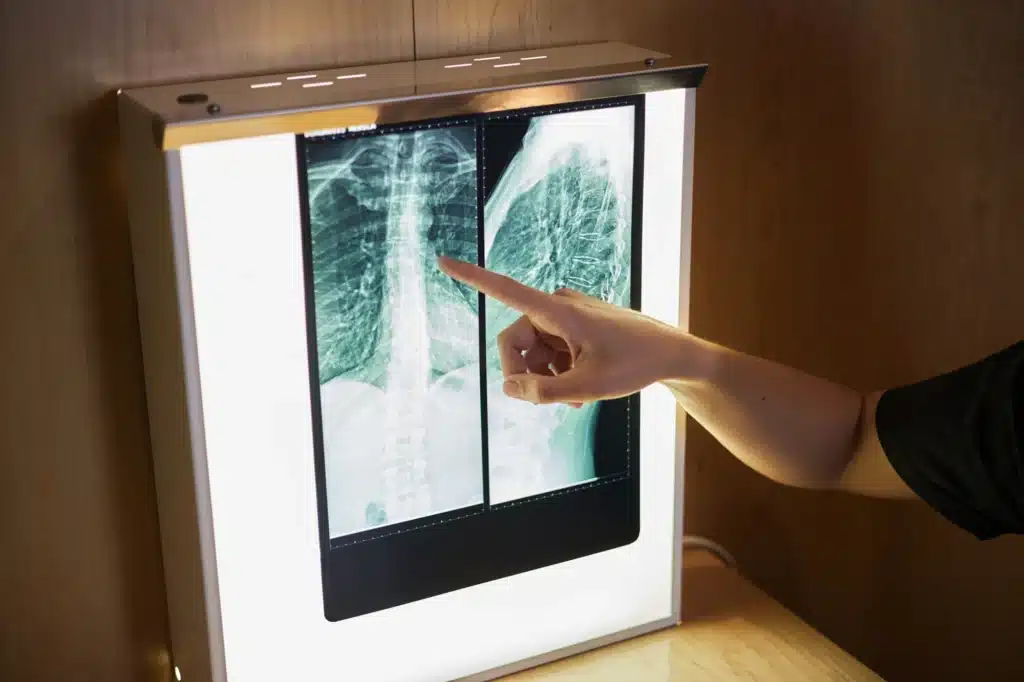
Table of Contents
ToggleAre you experiencing unbearable spinal pain or discomfort? If you’ve been scouring the internet for a possible solution, you’ve probably come across minimally invasive spinal surgery as a promising option.
But what does this modern approach entail, and what advantages does it offer? Fear not, as we’re about to take a deep dive into the wonderful world of minimally invasive spinal surgery in this comprehensive guide.
Get ready to learn everything you need to know to make an informed decision and take control of your spinal health.
You or a loved one is dealing with spinal pain, and you’re in search of a solution. Enter minimally invasive spinal surgery – a modern approach that utilizes small incisions and specialized tools to access the spine.
Not only does minimally invasive spine surgery minimize trauma to surrounding tissues, but it also reduces the risk of complications during and after surgery.
And get this – the procedure is performed with the help of advanced imaging techniques to guide the surgeon’s movements with pinpoint precision, leading to an even more accurate and successful outcome.
Say goodbye to traditional spinal surgery and hello to the future of minimally invasive spinal surgery.
There are several advantages of minimally invasive spinal surgery over traditional spinal surgery, including:

Let’s dive into the various types of minimally invasive spinal surgery, shall we? First up, we have the microdiscectomy – a procedure designed to tackle pesky herniated discs in the spine.
The surgeon skillfully removes the damaged portion of the disc, providing some much-needed relief from pressure on the surrounding nerves and, of course, the pain and discomfort that comes with it.
Next, we have the endoscopic discectomy – another minimally invasive procedure used to treat herniated discs in the spine. The surgeon uses a small camera and specialized tools to zap away the damaged portion of the disc, providing sweet relief from that unbearable pain and pressure on the surrounding nerves.
Last but not least, we have spinal fusion – a procedure that tackles spinal instability or deformities. During the surgery, the surgeon fuses two or more vertebrae together to stabilize the spine and alleviate that pesky pain and discomfort. With minimally invasive spinal surgery, you can wave goodbye to invasive procedures and hello to a more comfortable and manageable life.

Minimally invasive spinal surgery is a safe and effective treatment option for a variety of spinal conditions. It offers several advantages over traditional spinal surgery, including reduced pain and scarring, shorter recovery time, reduced risk of infection, and improved accuracy and precision.
If you or a loved one is suffering from spinal pain or discomfort, speak to a medical professional to determine if minimally invasive spinal surgery is the right treatment option for you.
GET IN TOUCH +
285 Sills Road
Building 5-6, Suite E
East Patchogue, NY 11772
(631) 475-5511
184 N. Belle Mead Road
East Setauket, NY 11733
(631) 675-6226
GET IN TOUCH +
285 Sills Road
Building 5-6, Suite E
East Patchogue, NY 11772
(631) 475-5511
184 N. Belle Mead Road
East Setauket, NY 11733
(631) 675-6226
SUBSCRIBE TO OUR NEWSLETTER +
Send us a Google review. Click this link and let us know how we did!
Review us on Yelp too.